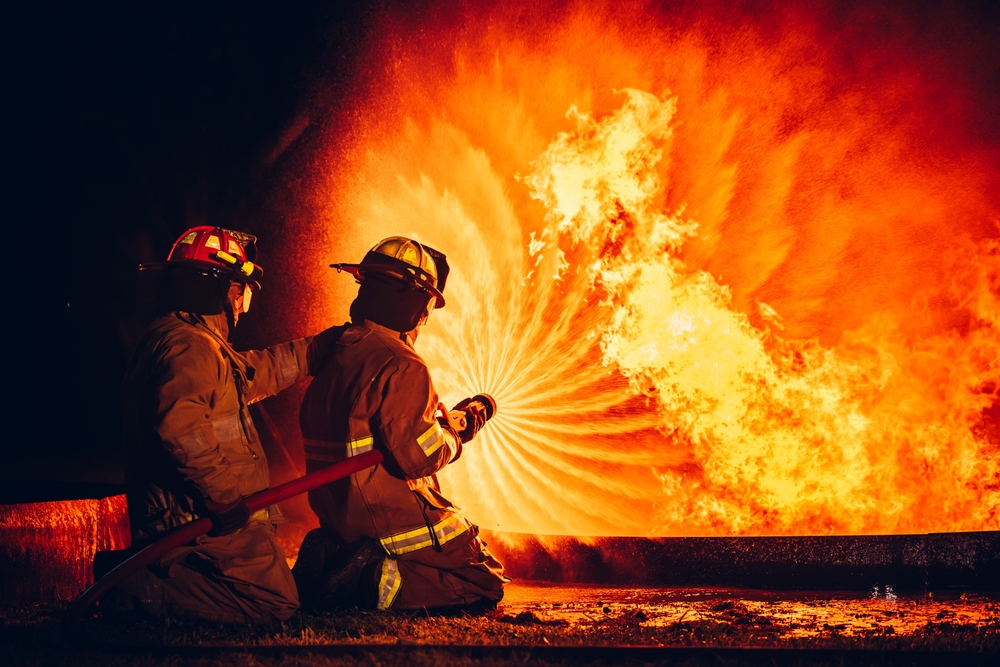Fires linked to homeless individuals seeking shelter on private property are no longer rare incidents. These situations raise a critical question: when does a property owner’s inaction cross the line into negligence?
The answer lies in the duty of care. Property owners have a responsibility to maintain their premises in a reasonably safe condition, not only for visitors but also to prevent conditions that pose a foreseeable risk of harm to neighboring properties. When that duty is ignored, liability exposure can follow, even if the fire was caused by someone the owner never intended to have on the property.
Liability in these cases typically turns on three issues: notice, foreseeability, and breach. Did the property owner know, or should they have known, that homeless individuals were living on or regularly using the property? Would a reasonable person in their position have foreseen the risk of fire under those circumstances? And did the owner take reasonable steps to prevent the hazard once they had actual or constructive notice? If these elements are present, subrogation potential exists.
Consider a real-world example. A case involving a residential property with a dilapidated shed. Evidence revealed that trespassers had repeatedly used the shed. When a fire destroyed the shed and spread to a neighboring home, the property owner denied any knowledge of the activity. However, a reasonable inspection would have revealed signs of illegal occupancy, including discarded items, hazardous materials, and drug paraphernalia. The failure to secure or remove the shed was considered a breach of duty. Courts generally view these as “knew or should have known” scenarios, and liability becomes highly likely when repeated trespass and dangerous conditions go unchecked.
One important point for subrogation in this instance is that proving the precise ignition source is not always necessary. Courts recognize that when a property owner creates or allows a dangerous condition to persist, the risk of fire becomes foreseeable, and the owner can be held accountable even without pinpointing how the flames started. Constructive notice is just as important as actual knowledge, and a property owner cannot shield themselves from liability by claiming ignorance when warning signs were evident.
The takeaway is simple: these cases aren’t about chance, but control. Property owners who ignore obvious hazards invite liability, and subrogation professionals who recognize these facts early can turn difficult claims into successful recoveries.
